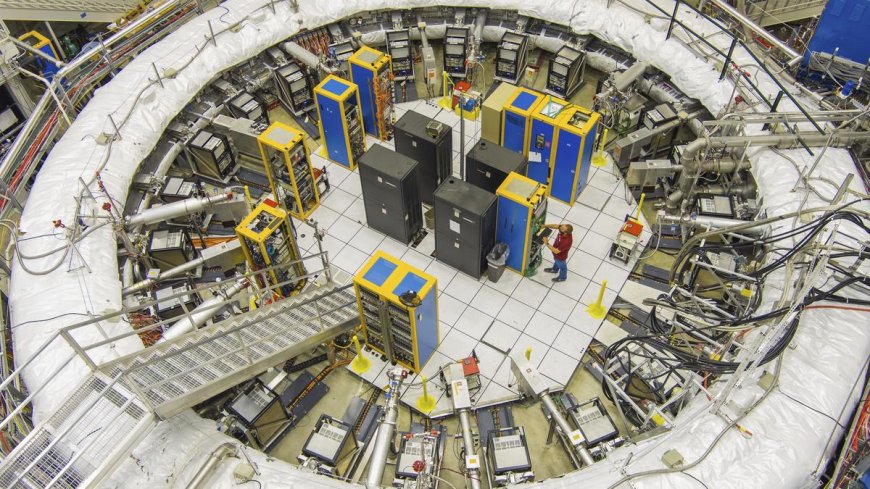A long-running experiment finds a tiny particle is still acting weird

A Long-Running Experiment Finds a Tiny Particle Is Still Acting Weird
Breaking News, Daily Updates & Exclusive Stories - asarkari
In a remarkable development from the scientific community, final results from a long-running U.S.-based experiment indicate that a tiny particle continues to behave in inexplicable ways. While this peculiarity might seem alarming at first, researchers assert that it’s ultimately promising news for our understanding of the laws of physics.
The Experiment: A Journey Through Particle Physics
The experiment, known as the Fermilab Muon g-2 experiment, has been ongoing for several years and focuses on the behavior of muons — particles that are similar to electrons but about 200 times heavier. Researchers discovered that the muons are not only exhibiting unusual magnetic behavior but are also echoing the predictions of new physics beyond the Standard Model, which is a framework describing particle physics.
What the Results Mean for Physics
Muons are transient and decaying particles that have fascinated physicists for decades. Their unexpected behavior suggests that conventional understanding may be lacking in certain aspects. According to physicist Chris Polly, one of the collaborators on this ambitious project, these findings open the door for exploring new physics realms that can help unify existing theories.
This experiment plays a crucial role in understanding how particles interact with one another at the quantum level. The implications extend to areas such as dark matter, which continues to puzzle scientists, as well as the fundamental structure of the universe itself. A better grasp of muons and their interactions could ultimately lead to breakthroughs in fundamental physics.
Challenges and Future Research
While the revelations from the Muon g-2 experiment are exciting, they come with numerous questions yet to be answered. Scientists are approaching this field with caution, ensuring that the findings are replicated and validated through further experimentation. Additional investigations are necessary to identify if these anomalies represent signs of new physics or errors in measurement that could significantly skew the understanding of particle interactions.
The Bigger Picture
The ongoing studies surrounding muons don't merely challenge existing theories; they also encourage scientists to think about the universe in diverse ways. By examining how these particles behave under specific conditions, researchers hope to paint a more complete picture of the universe’s makeup and how it operates. The discoveries could potentially inspire new experiments and technologies that extend far beyond theoretical interests.
Conclusion: A New Era in Particle Physics
The enduring work of the Muon g-2 experiment is a testament to the power of scientific inquiry. While the tiny muon continues to act ‘weird’, the findings reinforce the excitement of scientific exploratory work. The mystery of this particle may hold keys to understanding the very fabric of the universe, and as researchers chart new territories, we may very well witness a new era in particle physics.
For more updates, visit asarkari.com.
Keywords:
tiny particle, long-running experiment, Fermilab Muon g-2, particle physics, muon behavior, new physics, quantum interactions, dark matter, scientific inquiry, experimental physicsWhat's Your Reaction?
 Like
0
Like
0
 Dislike
0
Dislike
0
 Love
0
Love
0
 Funny
0
Funny
0
 Angry
0
Angry
0
 Sad
0
Sad
0
 Wow
0
Wow
0









































